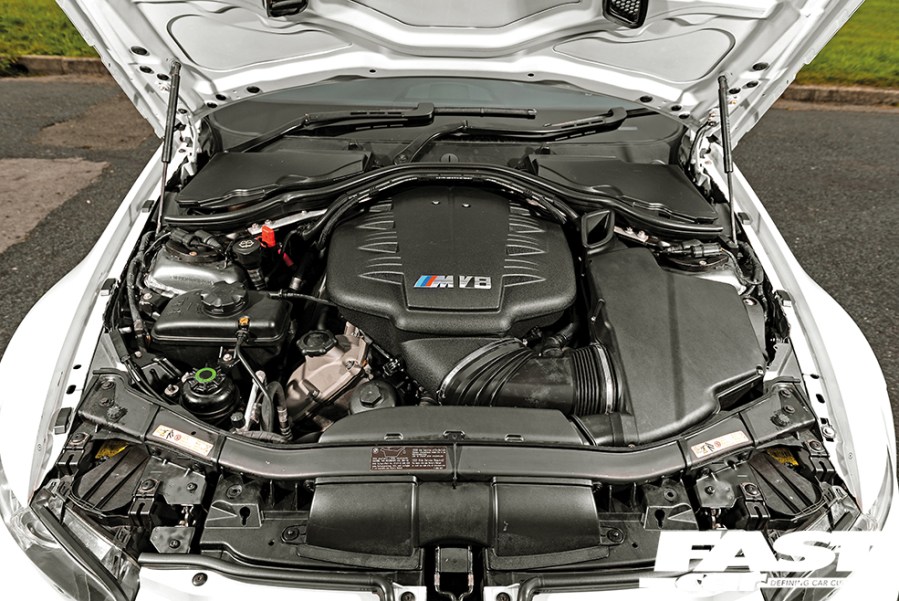Top 5 BMW Engine Technologies Transforming the Automotive Sector
Top 5 BMW Engine Technologies Transforming the Automotive Sector
Blog Article
Checking Out the Advancement of Burning Engines in Modern Transportation Solutions
As we browse the landscape of modern-day transport, the evolution of combustion engines stands as a testament to human resourcefulness and design expertise. The interplay of history, technology, and environmental issues in shaping the trajectory of combustion engines creates a story that is both informative and engaging.
Early Beginnings of Combustion Engines
How did the principle of combustion engines first emerge in the early phases of transport growth? The origins of burning engines can be mapped back to the 17th century when the concepts of inner burning were initial checked out.
The development moment featured the creation of the very first successful gasoline-powered engine by Karl Benz in 1885 - bmw engine. This engine led the way for the growth of the modern-day vehicle, revolutionizing transport systems worldwide. Succeeding innovations by Nikolaus Otto and Gottlieb Daimler additionally refined burning engine innovation, causing the automation of cars and the rapid expansion of the transportation sector
These early combustion engines were defined by their simplicity and performance, laying the structure for the facility and powerful engines made use of in modern transport systems. The advancement of combustion engines has been important in forming the means we travel and transport goods, noting a substantial turning point in the background of transportation growth.
Change to Internal Combustion Modern Technology
The shift to interior combustion technology noted a critical change in the evolution of transport systems. This change began in the late 19th century, with developers like Nikolaus Otto and Gottlieb Daimler creating the first effective interior burning engines. These engines changed transportation by providing a more effective and powerful choice to vapor engines and electric motors.
Among the crucial advantages of internal burning engines was their capacity to be scaled down to match lorries, causing the development of vehicles and motorbikes. This change from large, stationary engines to small, mobile ones led the way for the modern-day transport systems we see today.
The transition to internal combustion innovation additionally stimulated innovations in fuel innovation, bring about the development of gasoline and diesel as primary gas resources for lorries. This change not only made transport more available to the masses however likewise laid the structure for the oil and gas market to come to be essential to international economies.
Impact of Combustion Engines on Transportation
The fostering of combustion engines in transportation systems militarized a profound change in the efficiency and speed of worldwide wheelchair. Burning engines revolutionized transportation by offering a trusted and functional resource of power for different lorries, including cars and trucks, trucks, planes, and ships. This development considerably boosted the capacity for goods and individuals to move over lengthy ranges in much shorter time frameworks, causing increased connectivity in between regions and countries.
Furthermore, the widespread use of combustion engines has had a substantial influence on financial growth. The capability to deliver items effectively has spurred trade and commerce, allowing services to increase their markets and get to customers worldwide. This has actually facilitated financial growth and globalization, as products can currently be transferred much faster and in bigger quantities than ever.
However, the ecological influence of burning engines can not be overlooked. The burning of fossil fuels has resulted in air contamination and greenhouse gas exhausts, adding to environment change and posing health risks to populaces. bmw engine. Because of this, there is an expanding emphasis on creating alternative propulsion modern technologies to reduce these adverse impacts and create a much more lasting future for transportation
Innovations in Burning Engine Design
Many developments in combustion engine style have moved the advancement of transport systems over the decades. One noteworthy technology is the growth of turbocharged engines, which use exhaust gases to drive a turbine that compresses inbound air, enabling for more gas to be scorched, leading to enhanced power outcome without a significant boost in engine size. Additionally, straight shot technology has enhanced fuel efficiency and performance by specifically regulating the amount and timing of fuel infused into the burning chamber. Variable valve timing systems have actually additionally revolutionized engine design by enhancing air flow at various engine speeds, improving both power and performance. An additional significant advancement is the combination of lightweight materials such as carbon my explanation fiber and light weight aluminum alloys, reducing general engine weight and improving car fuel economy. Moreover, improvements in computer-aided layout have actually enabled engineers to optimize engine efficiency and effectiveness through simulations prior to physical models are built, conserving time and resources in the growth process. These technologies jointly add to the constant improvement of burning engines in modern-day transportation systems.
Future Fads in Combustion Engine Advancement
With modern technology innovations driving continuous technology, the future of combustion engine growth is positioned to revolutionize transport systems around the world. One of the essential trends in combustion engine development is the press in the direction of better effectiveness and decreased emissions. Suppliers are spending heavily in r & d to enhance engine performance while satisfying stringent ecological policies. This includes the assimilation of advanced fuel shot systems, enhanced turbocharging techniques, and using light-weight products to optimize fuel usage and lower carbon discharges.
An additional popular fad is the fostering of crossbreed modern technologies in burning engines. Hybrid engines combine standard combustion technology with electrical power, using boosted gas effectiveness and lower emissions. As the automotive sector changes towards electrification, hybrid burning engines are viewed as a transitional service that connects the space in between standard lorries and completely electrical ones.
In addition, the assimilation of clever modern technologies, such as fabricated knowledge and data analytics, is expected to play a substantial function in the future of burning engine advancement. These modern technologies can enhance engine performance in real-time, causing extra reliable top article combustion procedures and enhanced overall lorry efficiency. Welcoming these future trends will certainly not just drive development in combustion engine advancement yet likewise add to an extra lasting and eco-friendly transportation ecosystem.

Conclusion
Finally, the evolution of combustion engines in contemporary transport systems has actually been marked by significant developments in innovation and style. From the early beginnings of burning engines to the shift to inner burning innovation, these engines have actually had an extensive influence on transport. Technologies in combustion engine layout remain to drive progression in this field, with future fads focusing on further boosting effectiveness and lowering emissions. The future of burning engines in transport looks encouraging as r & d initiatives remain to push boundaries.
The roots of burning engines can be traced back to the 17th century when the principles of internal burning were initial explored. These engines changed transportation by using a more reliable and powerful choice to heavy steam engines and electric motors.

Report this page